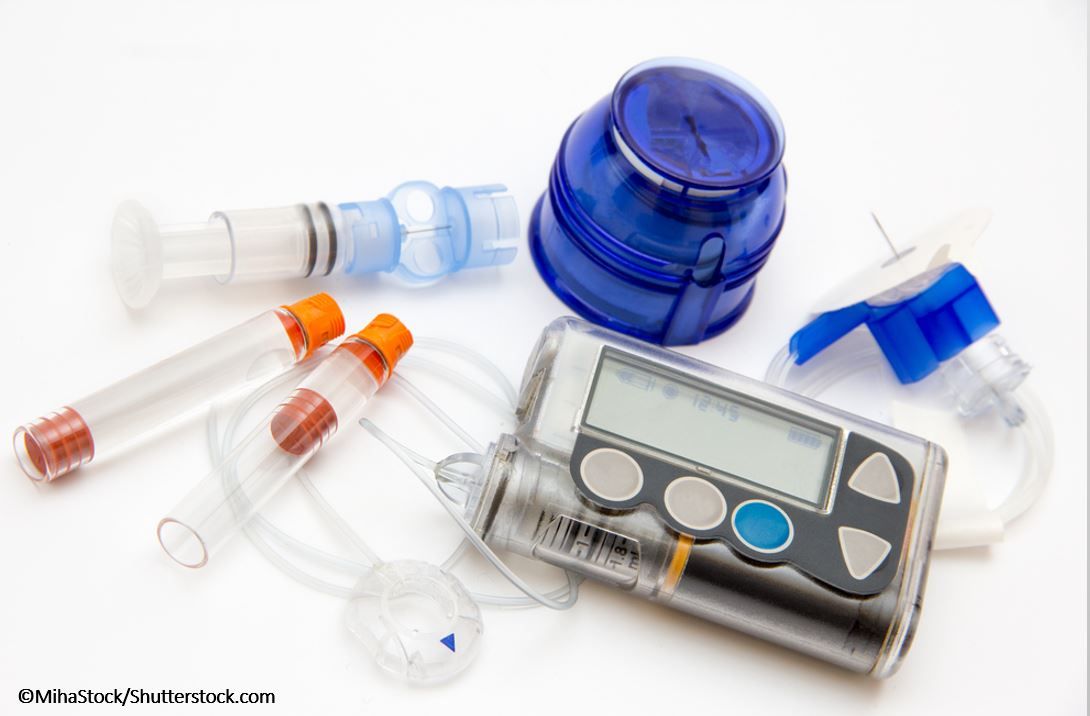Continuous Glucose Monitor Cost Effective for Type 1 Diabetes
New research also found that continuous glucose monitoring by type 1 diabetes patients improved overall glucose control and enhanced quality of life.
©MihaStock/Shutterstock.com

The use of a continuous glucose monitor (CGM) improves glucose control, adds to quality of life, and is cost-effective for type 1 diabetes, according to a new study.
A 6-month clinical trial found the use of a CGM is cost-effective for adult patients with type 1 diabetes when compared to daily use of test strips, with results well within the thresholds normally used by insurance plans to cover medical devices. During the trial, CGM improved overall blood glucose control for the study group and reduced hypoglycemia.
The researchers publishedtheir results on April 12, 2018 in Diabetes Care.
“If you map out the lifetime of a patient, it's impressive. The CGM adds years of life and years of quality life. While it does cost additional money, the costs saved by lower risk of complications offsets the upfront costs,” said senior author Elbert Huang, MD, Associate Director of the Chicago Center for Diabetes Translation Research at the University of Chicago.
The randomized trial included 158 patients with type 1 diabetes who relied on multiple, daily injections of insulin (not an insulin pump). Two-thirds of the group used CGMs, and the remaining third used the finger prick method with test strips and a meter to check their blood glucose levels.
At the end of the 6-month trial, the total health care costs of using a CGM was $11 032, compared to $7236 for manual testing. The cost differences were mostly due to the upfront cost of the CGM device, about $2500.
The CGM group experienced reductions in hemoglobin A1C (HbA1c) levels, the daily rate of non-severe hypoglycemia events, and daily test strip use as compared with the control group.
A statistical model simulated the costs and health effects of CGM use over the average expected lifetime of patients. In the lifetime analysis, the CGM was projected to reduce the risk of complications from type 1 diabetes and increase quality-adjusted life years (QALYs) by .54, in effect, adding 6 months of good health.
The researchers also calculated the incremental cost-effectiveness ratio for the CGM was about $100 000 per QALY for the overall population. This is well below the threshold insurance plans and government agencies, such as Medicare, normally use to decide whether or not to cover a new treatment or medical device.
“Based on this analysis, the CGM looks like a very valuable technology, one that doesn’t cause harm and makes people’s lives better. Hopefully, this will become an important part of the decision-making process to make the CGM available to more people,” said Huang.
Advances in CGM technology will also continue to lower costs, as it further integrates with software and everyday digital devices such as smartphones, he said.
“It hints at a future of chronic disease management that’s more cost effective and gives patients more control, said Huang. "Basically, all the CGM does is provides information, but that allows patients to change the way they eat or time their medications. It empowers patients to manage their own health.”